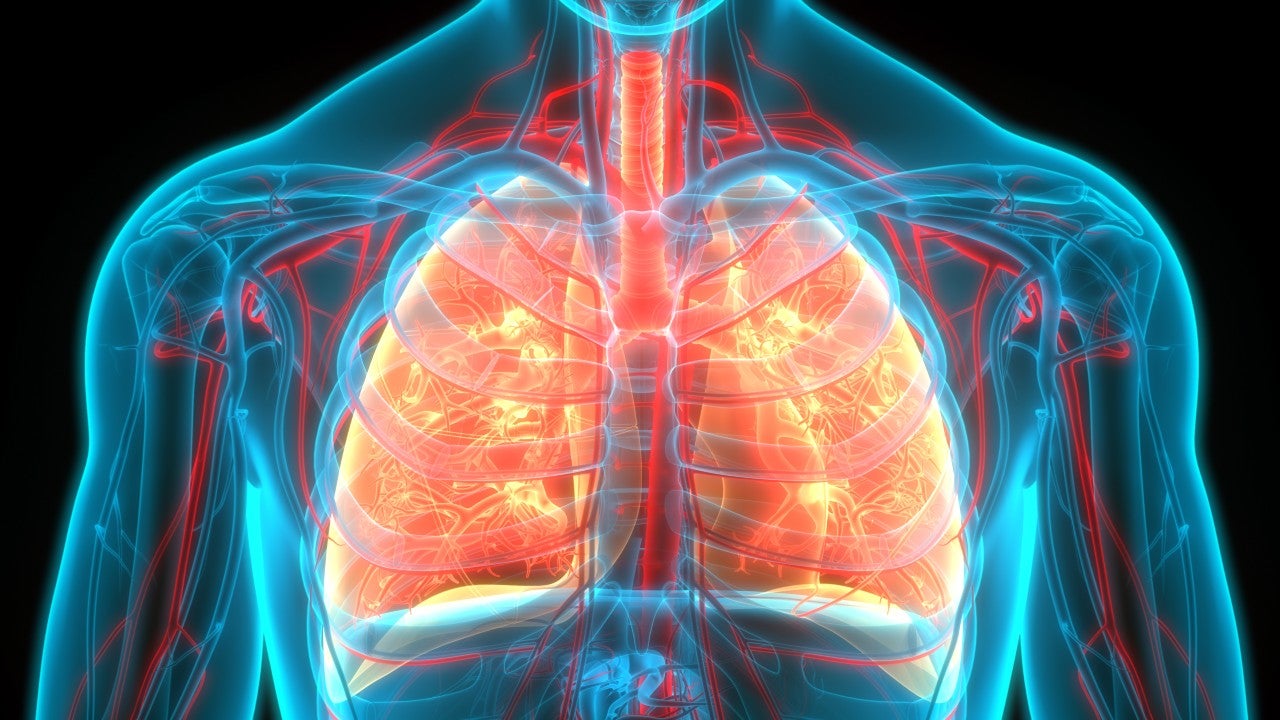
Lung cancer presents an enormous financial, physical and emotional bill to the community, the patient and their family. Lung cancer, while representing only 11.4% of all cancers, accounts for more than 25% of all cancer deaths. It is the deadliest form of cancer and among the most difficult to treat. Consequently, lung cancer is one of the most expensive cancers to treat.
Early intervention for any form of cancer dramatically increases the chances of a patient’s recovery. Screening programmes, such as large-scale mammogram imaging for breast cancer, have gone a long way to reducing fatalities. In countries with aggressive screening programs, the five-year survival rate for breast cancer is greater than 85%. The five-year survival rate for the most common form of lung cancer, non-small cell, is 63% when diagnosed at an early stage, compared to 7% for late-stage diagnosis.
The benefits of early detection are well documented, but, unlike for breast cancer, there are currently no standardized proactive lung cancer screening programs. Consequently, lung cancers tend to be detected at a later stage and outcomes are significantly worse. For small cell lung cancer, the five-year survival rate is just 7%.
The US Preventive Services Task Force, a private organization not affiliated with the US Government, recommends those at high risk for lung cancer (20 pack-year smokers age 50 to 80) be screened annually, but this is seldom done.
“The current methods that could be used for screening, such as low-dose CT scans, generate too many false positives. The cost of resolving the false positives is too great,” explains Bill Wittmeyer, CEO of leading vapor analysis firm Electronic Sensor Technology (EST).
“At present, lung cancer is detected when the patient presents with symptoms. In many cases, the disease is already advanced by the time the patient notices the symptoms, and the prognosis is poor.”
Breath analysis approach
An efficient screening method must be non-invasive, accurate, cost-effective and easy to use. This is especially important because lung cancer continues to rise in less affluent countries, largely due to a rising smoking population. Breath analysis is a promising candidate to screen for lung cancer.
“There are compounds present in a patient’s breath that are indicative of lung cancer being present in the body,” says Wittmeyer. “The big advantage in this is that it can be used as a non-invasive and economical targeted screening method, targeting at-risk subjects today, and become part of a general check-up in the near future.” A patient can easily give a breath sample to their physician at a routine appointment.
A 2017 study by Cai et al found that the breath of 57 lung cancer patients contained different compounds than that of 72 healthy controls. Nine volatile organic compounds (VOCs) in the breath of lung cancer patients differ significantly to those of healthy patients. This pattern allowed researchers to separate lung cancer samples from control samples with an accuracy of 82.8%.
Similar results were published by Phillips et al in 2019. His study showed that gas chromatography mass spectrometry analysis for the presence of a VOC biomarkers in the breath could predict lung cancer with 84% sensitivity.
A 2015 study, Prediction model of volatile organic compounds in exhaled breath for diagnosis of lung cancer by Chen Lu et al, reported a 94% sensitivity using Electronic Sensor Technologies SAW GC technology.
As well as being far less invasive than alternative methods, which include guided bronchoscopies and biopsies, breath analysis has the potential to identify lung cancer with greater accuracy than methods like low-dose CT scans.
By introducing breath analysis as a screening tool, or as part of a regular health check-up, lung cancer could be identified before symptoms show, giving patients a much higher chance of recovery.
So how could this look in practice? Wittmeyer suggests a three-tiered process: “Patients will do a breath test. If that is positive, they will move to a liquid biopsy, which is essentially taking a blood draw and looking for circulating markers. If both of those are positive, then they move to an x-ray or a CAT scan to localise where the tumours may be, and then confirmation by biopsy.”
Research is ongoing, and studies continue to find new applications for breath analysis in medical diagnosis, but lung cancer diagnosis and treatment could be transformed by this innovative technology.
For more information on how EST is improving cancer detection through breath analysis, download the whitepaper below.


